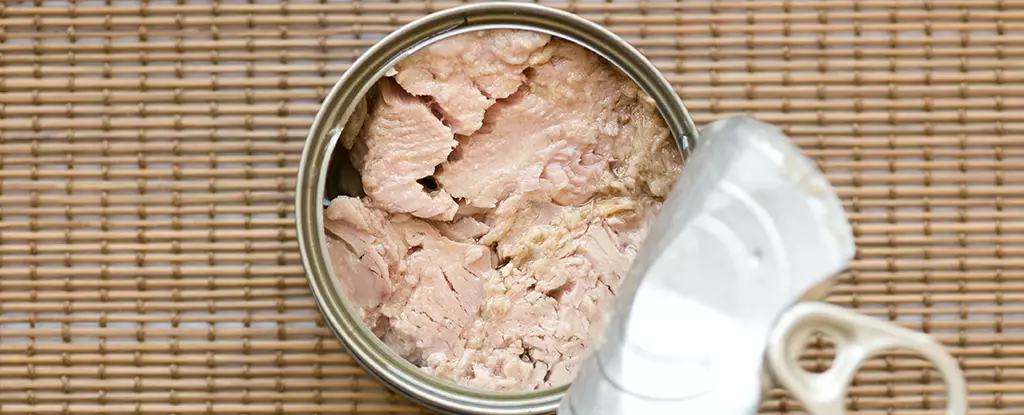For years, the nutritional merits of including fish in our diets have been celebrated, particularly within the popular Mediterranean diet. However, lurking beneath this marine protein’s benefits is a significant health concern: mercury contamination. The inherent beauty of seafood becomes overshadowed when we recognize the potential risks it carries, especially for vulnerable populations like pregnant women and young children. The alarmingly high mercury levels can be the result of environmental pollution, resulting in a paradox where the very food heralded as a health elixir can also pose threats to our well-being.
Innovative Solutions on the Horizon
A groundbreaking study conducted by researchers from the Swedish University of Agricultural Sciences and Chalmers University of Technology has recently unveiled a revolutionary method to reduce mercury levels in fish—specifically, canned tuna, a variety notorious for its mercury content. This innovative approach leverages the amino acid cysteine. By infusing tuna with a solution containing cysteine, the researchers demonstrated a significant reduction of mercury levels by an impressive 25 to 35 percent. The implications of this study could be monumental, as managing mercury levels in our seafood through simple packaging solutions will not only enhance the safety of fish consumption but could also ensure the preservation of its health benefits.
The Science Behind the Breakthrough
Cysteine’s chemical affinity for mercury allows it to displace the toxic element from the fish’s flesh. When tuna is submerged in a cysteine-rich liquid, the amino acid binds to the mercury, effectively drawing it out into the surrounding solution. This groundbreaking research builds upon previous studies conducted by the same research team, showcasing a continuous pursuit of understanding how to best tackle the problem of mercury in our food. Przemysław Strachowski, a chemist involved in the study, succinctly encapsulates the innovation, stating the process lets mercury “be discarded,” thus providing a pathway to safer fish consumption.
The Hidden Advantages of Active Packaging
What sets this method apart from any traditional safety protocols is the concept of “active packaging.” Unlike processes that require complicated alterations in food preparation or manufacturing, this cysteine-infused solution retains its efficacy while the fish sits dormant on the shelf. This clever foray into food packaging redefines the narrative surrounding mercury contamination—shifting from merely educating consumers about risks towards providing tangible solutions that also promise convenience. Food scientist Mehdi Abdollahi notes that the findings reflect a paradigm shift in addressing mercury contamination, emphasizing the possibilities that extend beyond mere consumption restrictions.
Unwavering Commitment to Safety
While initial lab tests reveal promising outcomes, the pursuit of this research is not without its necessary caution. Ensuring that the mercury extracted from the fish does not find its way back into the ecosystem remains paramount. The scientists recognize that further research is required to cultivate a viable commercial option for industrial application. Nevertheless, the positive signs observed thus far—including no marked changes in either the appearance or smell of the fish—indicate a groundbreaking step in food safety that could effectively assuage consumer concerns.
Future Implications for Seafood Consumption
As the study illustrates, the road ahead brims with potential. There is a tangible optimism that a widespread implementation of cysteine treatment could significantly enhance the safety of fish consumption—an essential aspect of a balanced diet. While mercury contamination has historically cast a shadow on the merits of enjoying fish, this innovative solution not only alleviates fears but may also inspire further exploration of novel techniques to improve food safety on various fronts.
As we anticipate more breakthroughs from this research team, one thing remains clear: the integration of scientific innovation into food packaging practices holds the key to a future where enjoying the bounty of the sea can be done with greater peace of mind.

